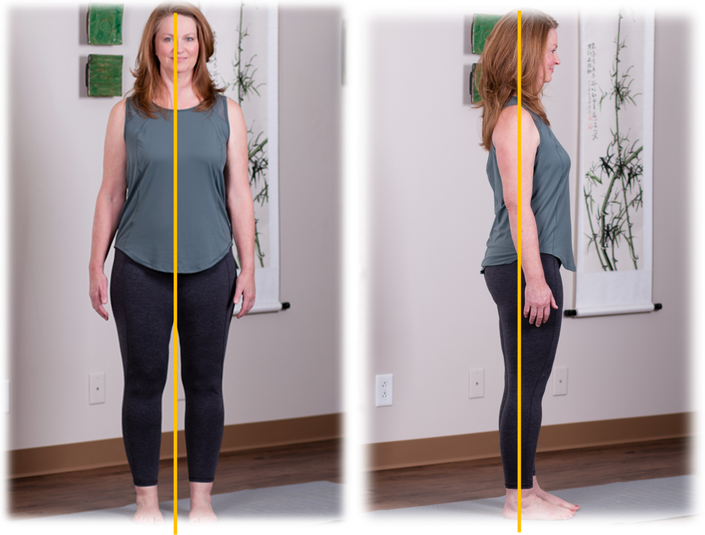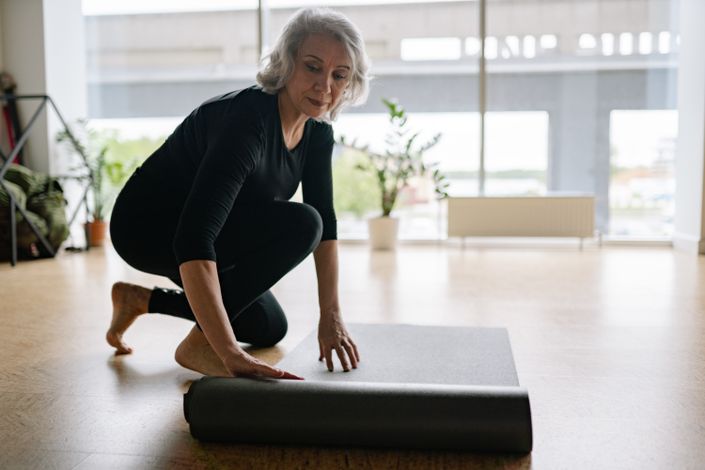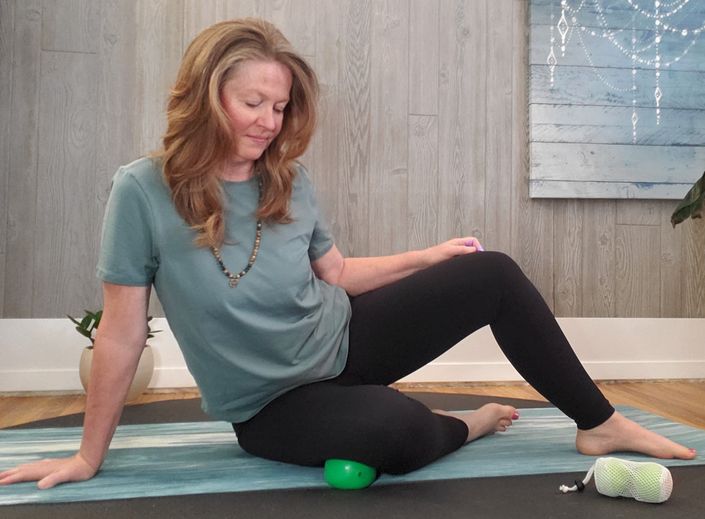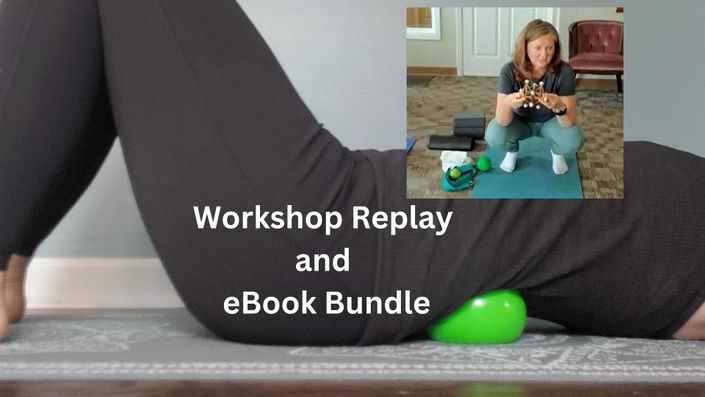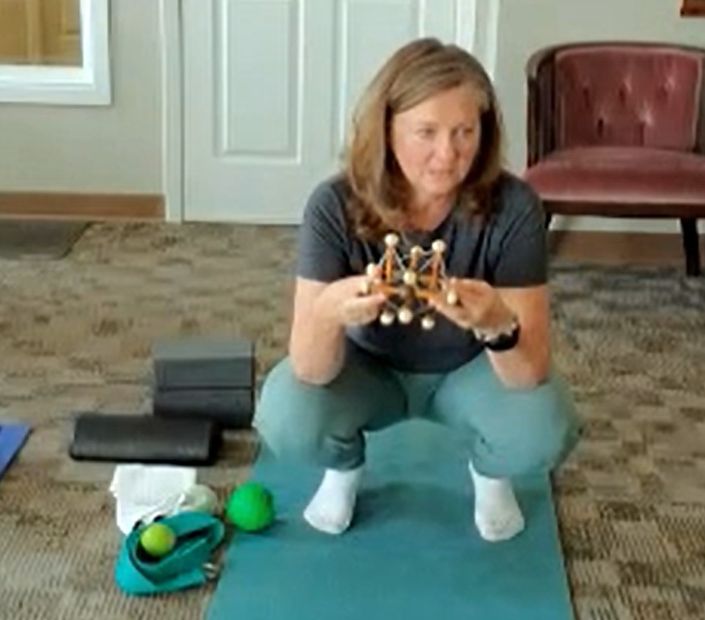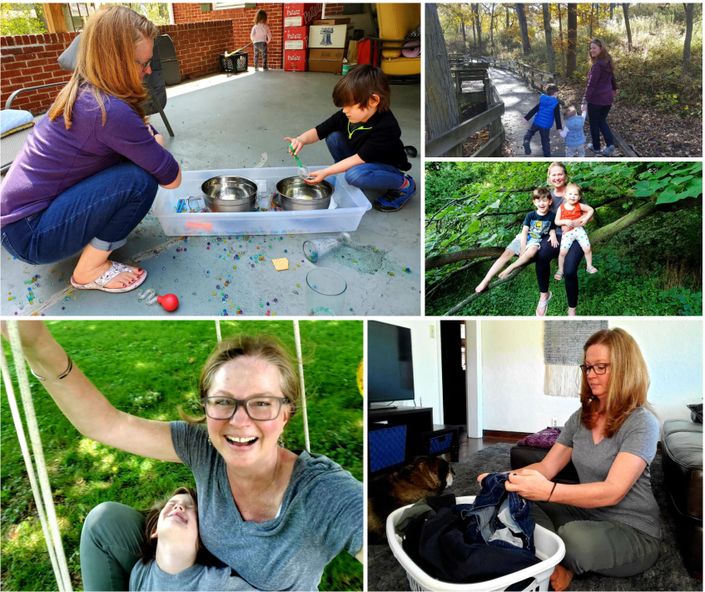80 million adults and 8 million kids have severe enough jaw pain to be diagnosed with
Temporomandibular Disorder or TMD.
A recent surge in TMD has resulted in not enough practitioners who know how to treat this potentially debilitating problem.
The good news is...
you can learn to self-treat!
Too many medical and dental practitioners do not address the root cause of TMD.
Have you been told to...
- Eat soft foods only.
- Use an ice pack.
- Limit the movement of your jaw.
- Avoid chewing gum.
- Reduce your stress.
- Stop clenching.
- Wear a night guard.
...but you still hurt?
These are NOT permanent solutions.
Some may reduce the pain temporarily, but they will NOT fix your jaw pain.
You need more information. You need better information.


Your night-time mouth guard may be making your problem worse.
For most people, using a mouth guard does not solve your TMD problems. Mouth guards do NOT fix the tension in the tissues in and around the jaw which is the source of TMD pain.
Mouth guards protect the teeth which is important, but do not fix the pain. They may actually make the pain worse.
We'll show you how to reduce the tension so you can reduce the pain and start healing your TMD immediately.
Would you ask your dentist to fix your elbow?
Neither would we. I love my dentist and she does a great job with my teeth but the jaw is a joint. The temporomandibular joint or the TMJ.
The TMJ is surrounded by muscles and fascia just like any other joint. You trust a rehabilitation specialist to help you heal joints, muscles and fascia.
That's us!

We treat clients with TMD every day.
and
We are thrilled to be able to help more people heal with our unique myofascial approach!
We have seen how TMD can affect eating, talking, laughing, and many other important activities we want or need to do in our daily lives.
We've seen how people are not getting the help they need from traditional healthcare.
We know pain medications and mouth guards will not heal your TMD.
You already have everything you need to get started. Our clients notice improvement after just one treatment! Let us show you how you can treat yourself.
TMD is often associated with the conditions listed here.
Not sure if you have TMD?


Temporomandibular Joint Dysfunction Affects People of All Ages
What makes the TMJ unique is that it is used in so many critical aspects of life such as communication, eating, intimacy, singing, facial expressions, yawning, smiling, laughing, sneezing, breathing and more.
There are so many small muscles and layers of fascia in the face, neck, and jaw area making the jaw susceptible to chronic tension. The excess tension creates not only pain, but also decreased functioning in these critical areas of life in people of all ages.
This course is recommended for adults who are able to apply the techniques to themselves.
Older children who are able to express and describe pain and are able to treat themselves may also be appropriate for applying the protocol to themselves with the supervision of a responsible adult.
We've Combined the Best Available Research with Our Extensive Experience to Create a Course YOU Can Follow Easily at Home

The Healthy TMJ Protocol
We've created a 3-step process to help you heal at home.
We apply the new science of fascia with the time-tested techniques of myofascial release.
Our expertly crafted self-paced course empowers you with a myofascial self-treatment approach, providing a three-step process to restore balance and well-being to your life.

ONE
Self-Treat at Home
You have all the tools you need to heal yourself at home without meds.
Use the same techniques we use with our clients on yourself to reduce your pain and get you on the road to recovery fast.

TWO
Get Back to the Activities and Foods You Love
We'll show you how to use rehabilitation techniques to strategically ease back into foods and activities you love.

THREE
Prevent Flare-Ups
We use the science of fascia to address the root causes of TMD and prevent flare-ups.
The Course Format and Content
This self-paced course, allows you to learn at your own speed.
You have direct access to video lessons, downloadable resources, and practical exercises.
You have lifetime access to course materials for continuous reference as needed.
This is not just a course; it's a roadmap to your pain-free future.
- Safety is Paramount!
- The Self-Treatment Plan: How much do I really need to do? (5:45)
- Understanding and Applying the Myofascial Principles: The Key to Effective Self-Treatment (11:23)
- Stretching and Moving More than Just the Jaw for Self-Treatment
- Specific Self-Myofascial Release Techniques for Your Self-Treatment (15:41)
- Lymphatic Drainage Techniques for Your Self-Treatment (9:04)
- Looking Ahead, Summary, Reflection and Resources
- Creating a Foundation for Healing Faster and Preventing Flare-Ups (5:30)
- Creating a Healing Mindset
- Eliminating Habits that Create Inflammation
- Better Posture Equals a Healthy Jaw (14:31)
- Better Breathing is Essential to Jaw Health
- Body Tension Habits Can Help or Hinder Healing (30:43)
- Summary and Reflection

Meet Your Instructors
Hello! We are occupational therapists who are grounded in science and practice on the edge! We believe in always reaching for new and innovative approaches to getting the best outcomes with our clients while using the best available evidence to support our choices.
Amy is a 30+ year practitioner of occupational therapy and myofascial release. She taught in the occupational therapy program at Creighton University for 20 years and has received awards for her teaching skills. She loves teaching other health and wellness practitioners about the research behind fascia and how this knowledge can influence their practice. Working with clients who have TMD is always exciting because they can make changes very quickly.
Kaitlyn, also an occupational therapist, has expertise in anatomy as it applies to posture, movement, and OT practice. She has a passion for working with clients with TMD as she experienced debilitating TMD after a car accident in 2022. Applying the information in this course has made a huge difference in her recovery!
A Traditional Approach Through the Lens of Fascia
As therapists who are grounded in science and occupation-based theory, we take a traditional approach to occupational therapy practice, but we look through the lens of fascia science.
The fascial system is a body system we must understand in order to fully understand the human body and how it functions. The fascial system is up to ten times more innervated than our muscular system. This means our brains are ten times more interested in our fascia than our muscular system. This does NOT mean our other systems are not important. It speaks very loudly that this system is important!
Understanding the fascial system and its intricate relationship with all our other body systems is a critical layer to understanding health and function. In the literature, the fascia is often referred to as the environment of the body and all the systems within it. If your fascia is healthy, your other body systems have the environment to function well.
In all our courses, we overlay that science of fascia to provide a new and innovative look at approaching occupation therapy practice.

